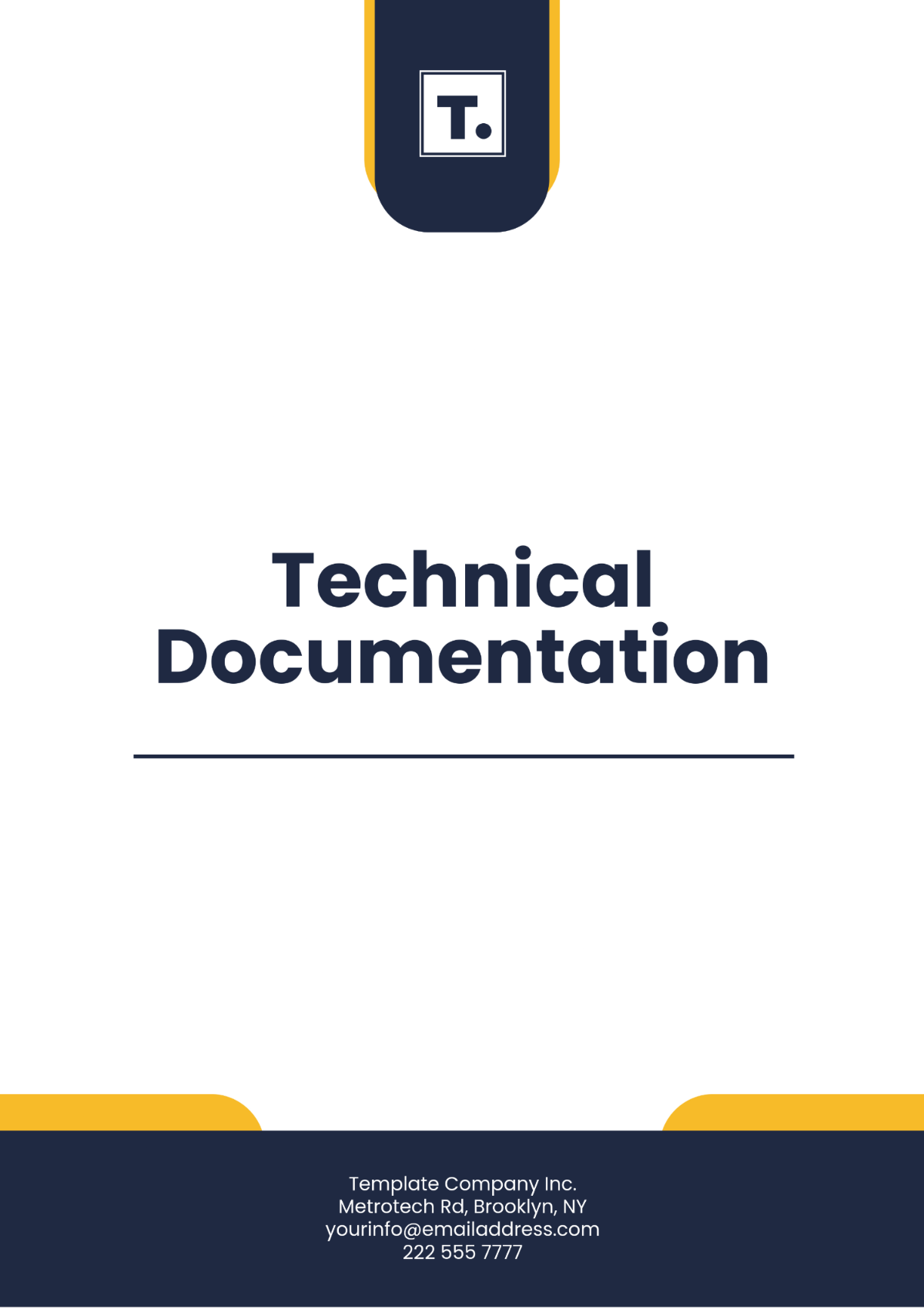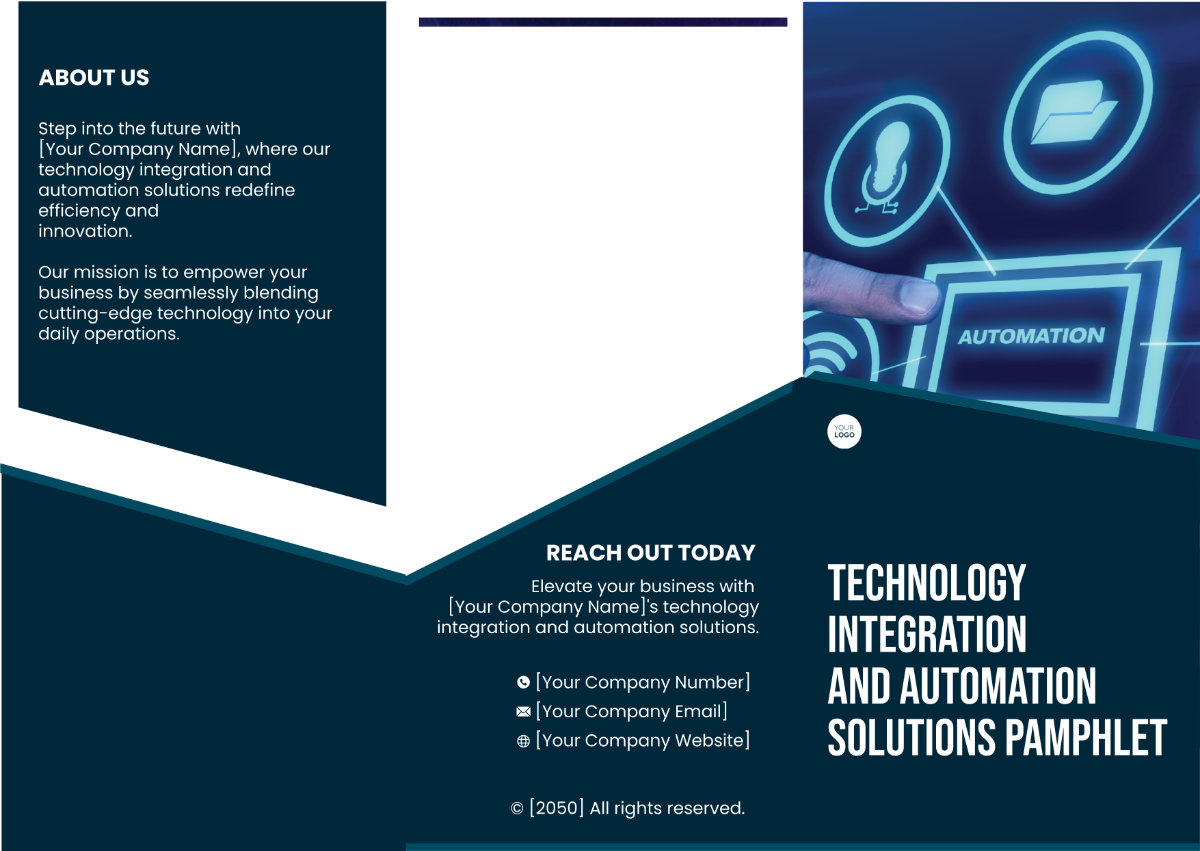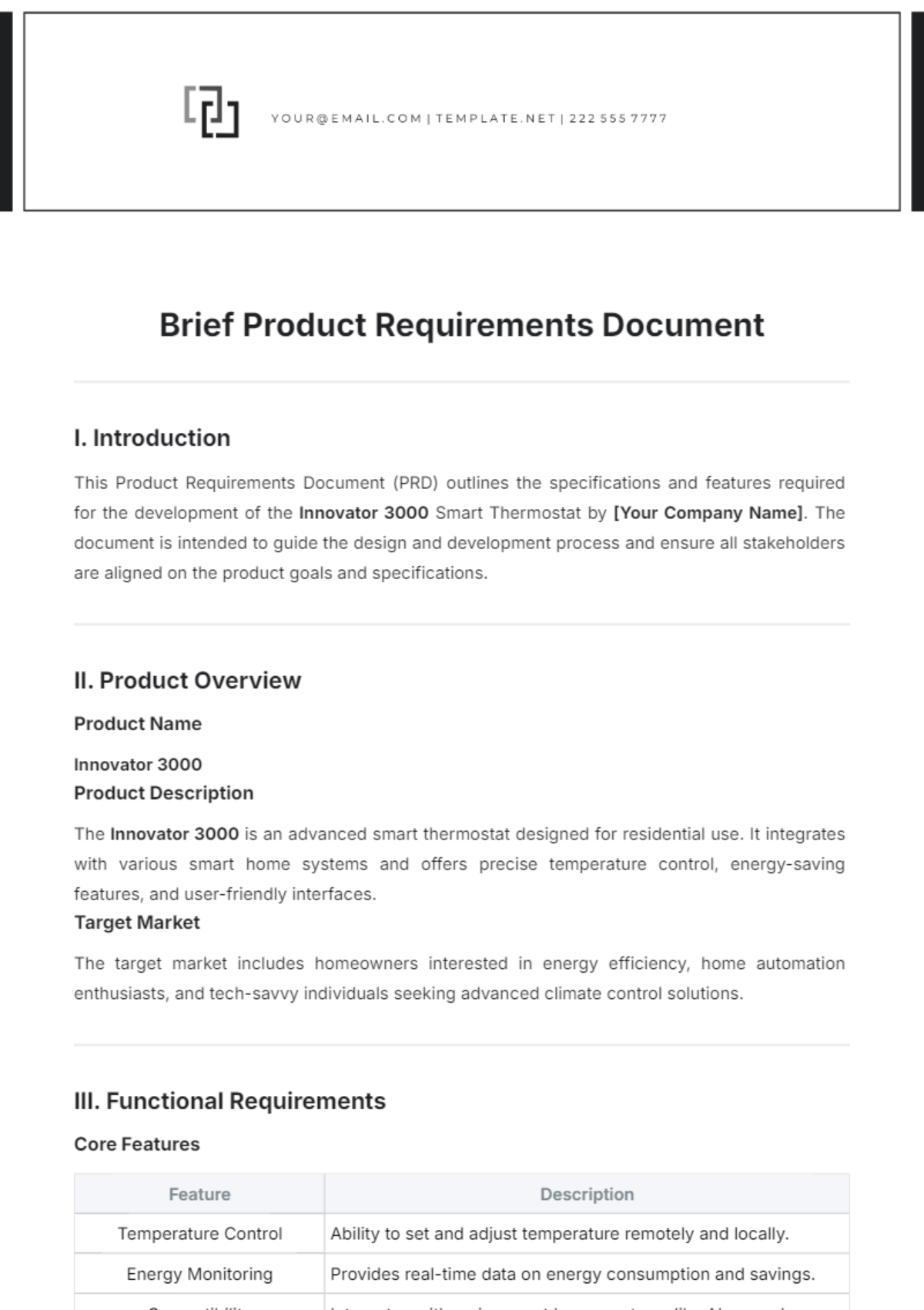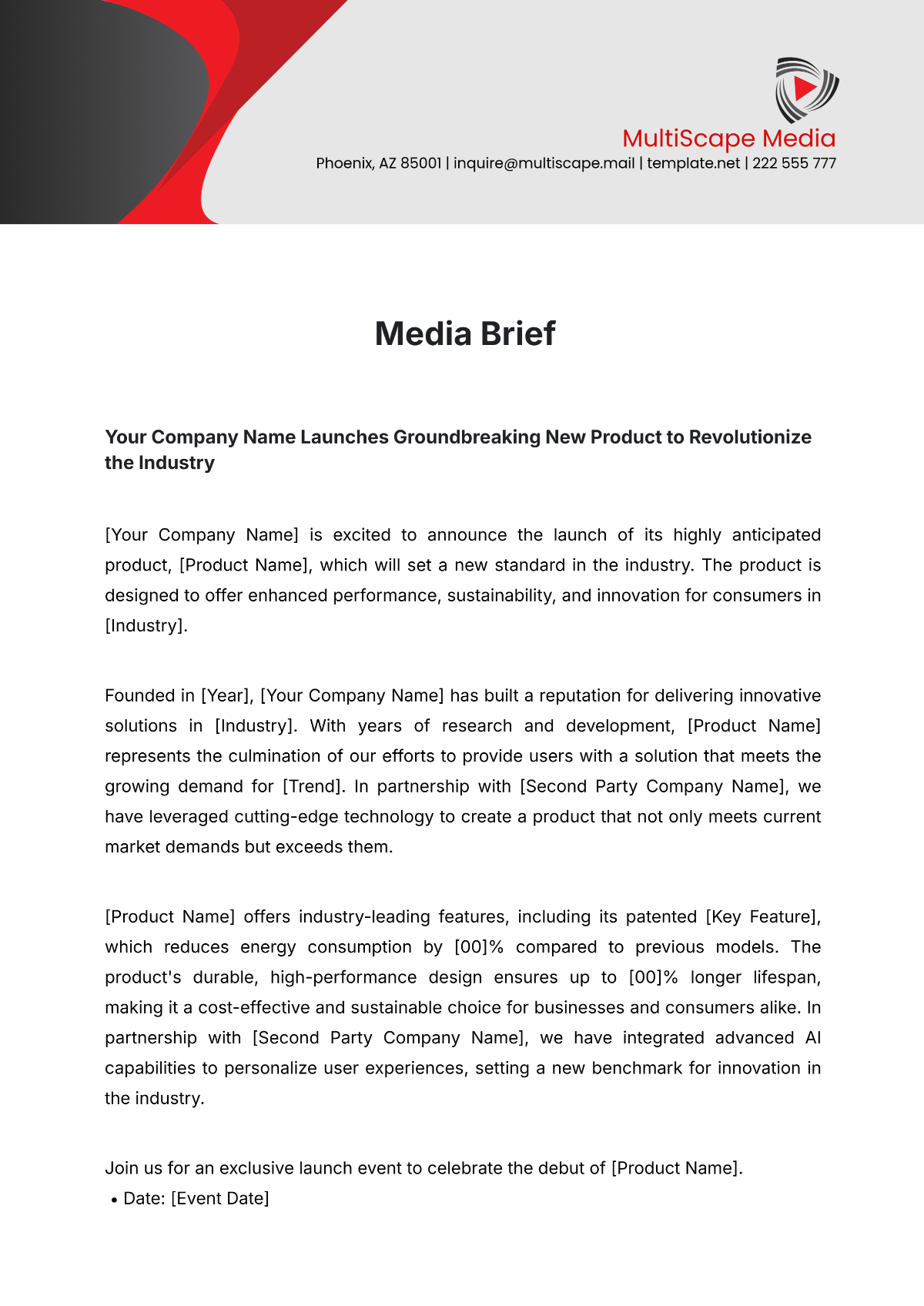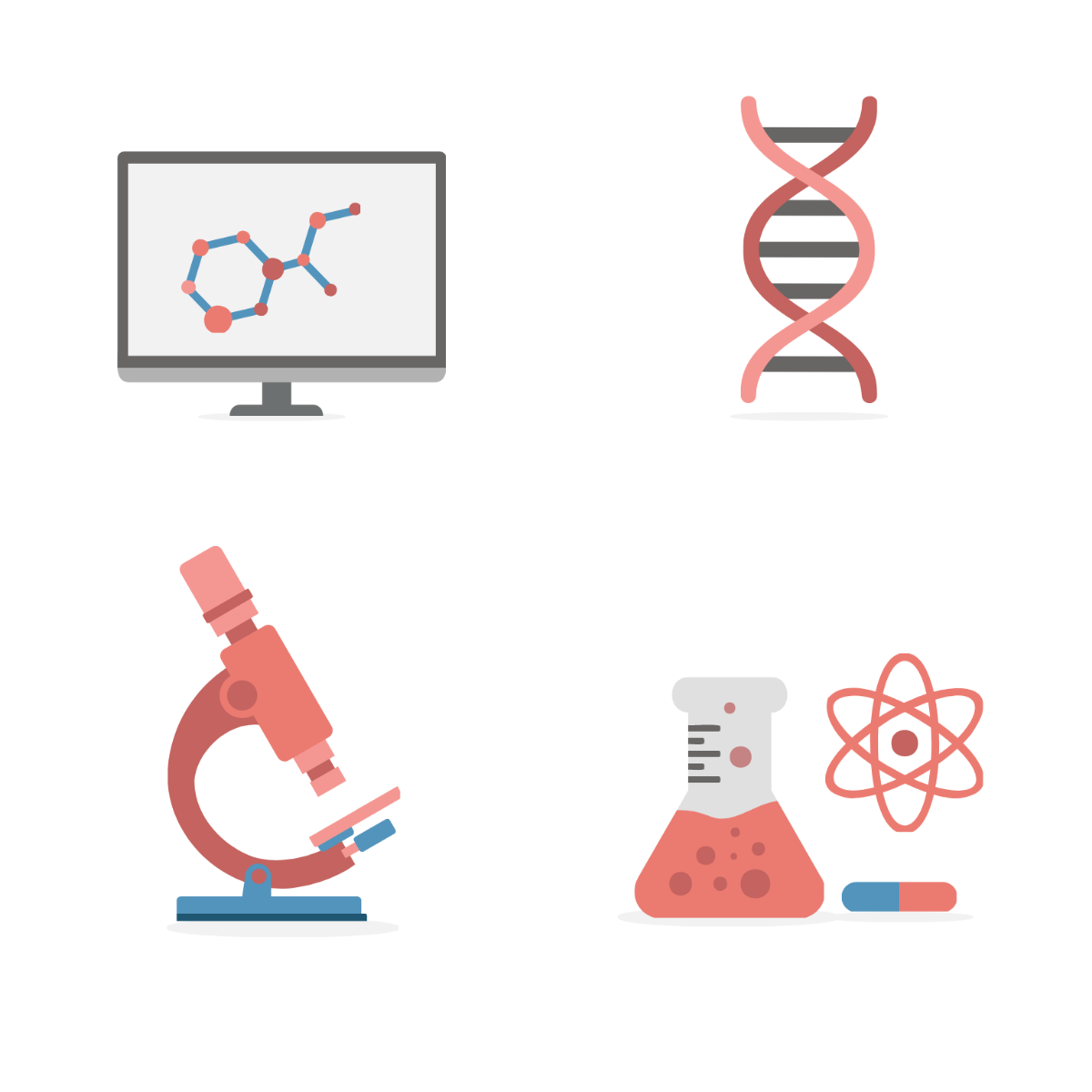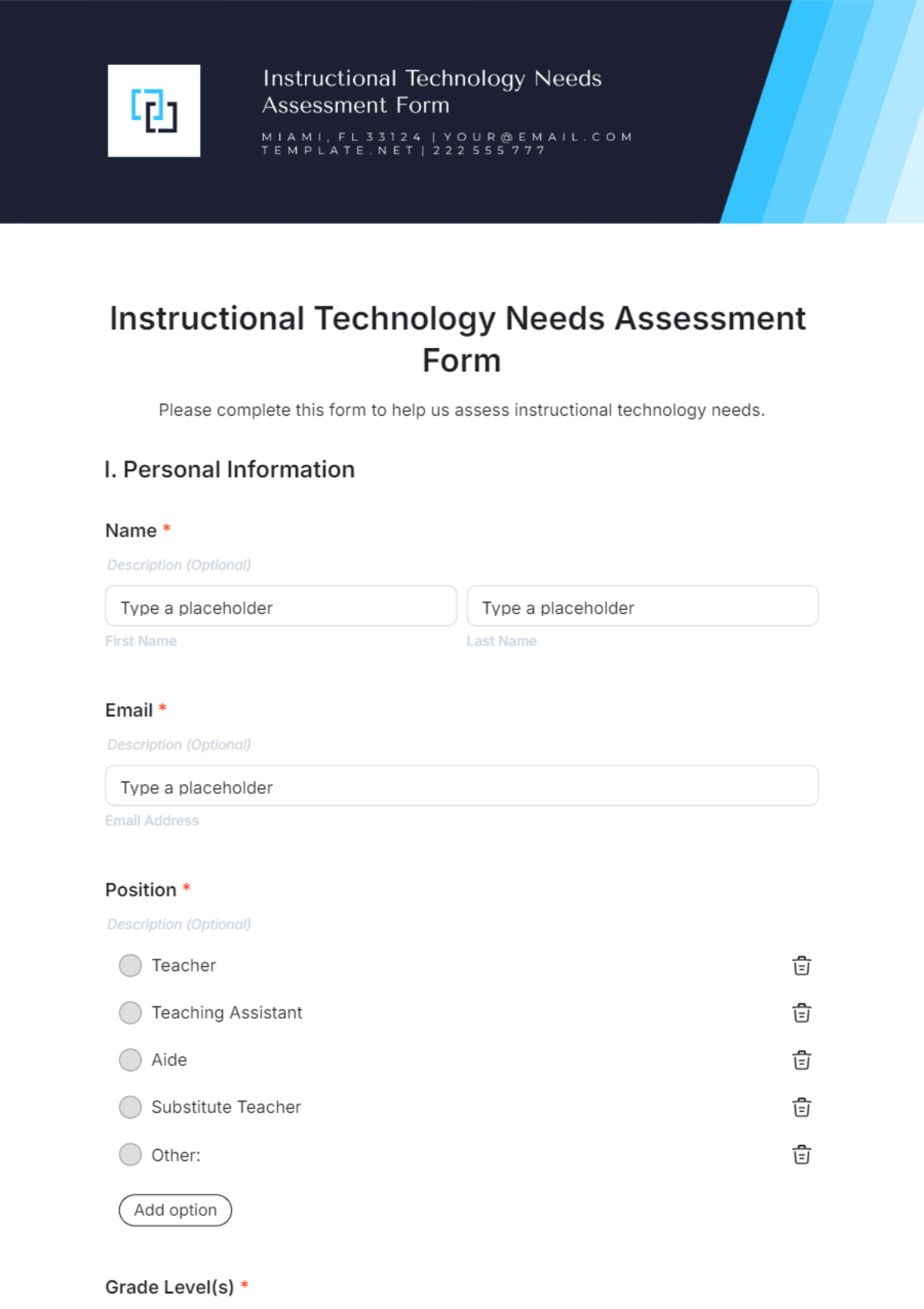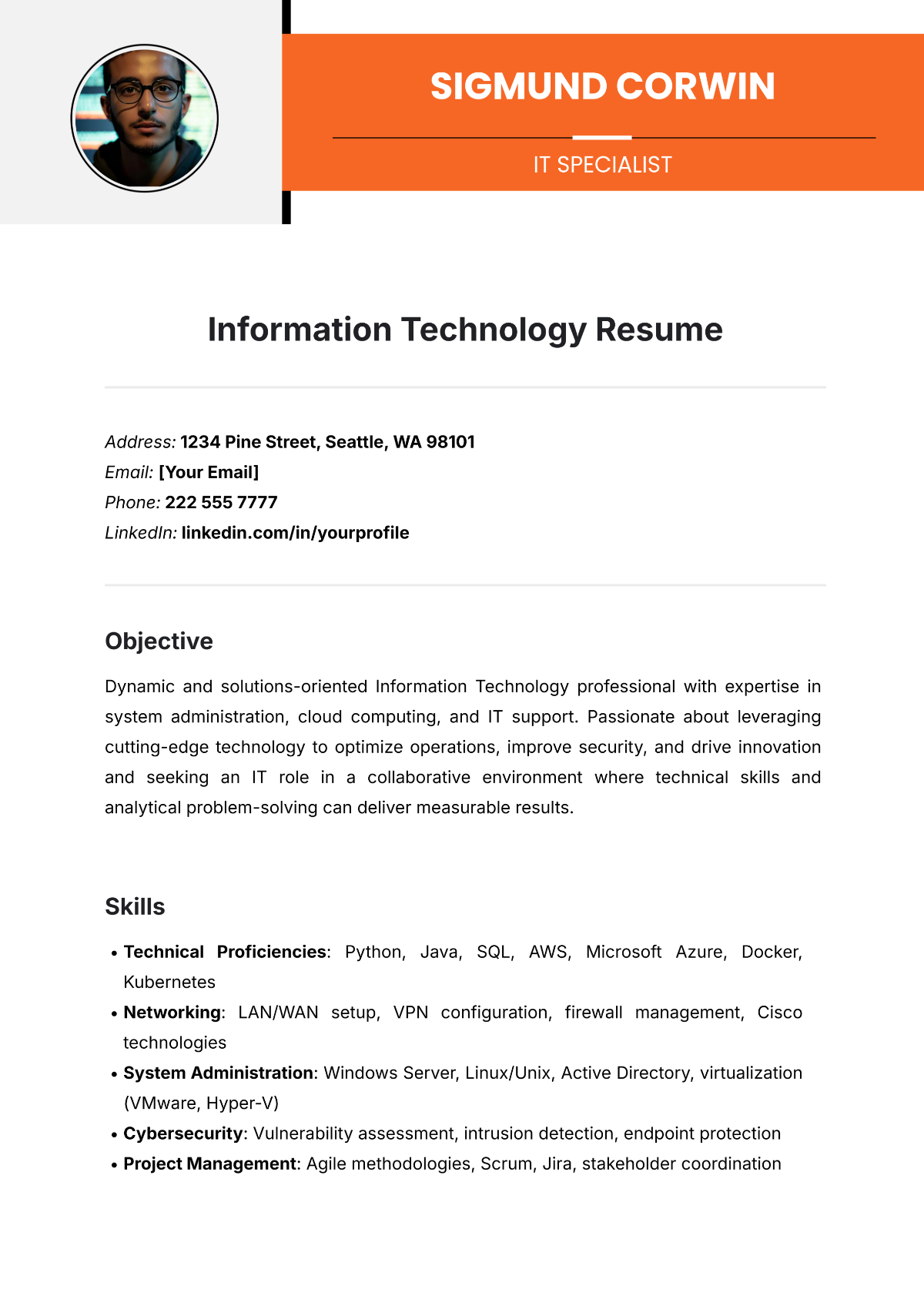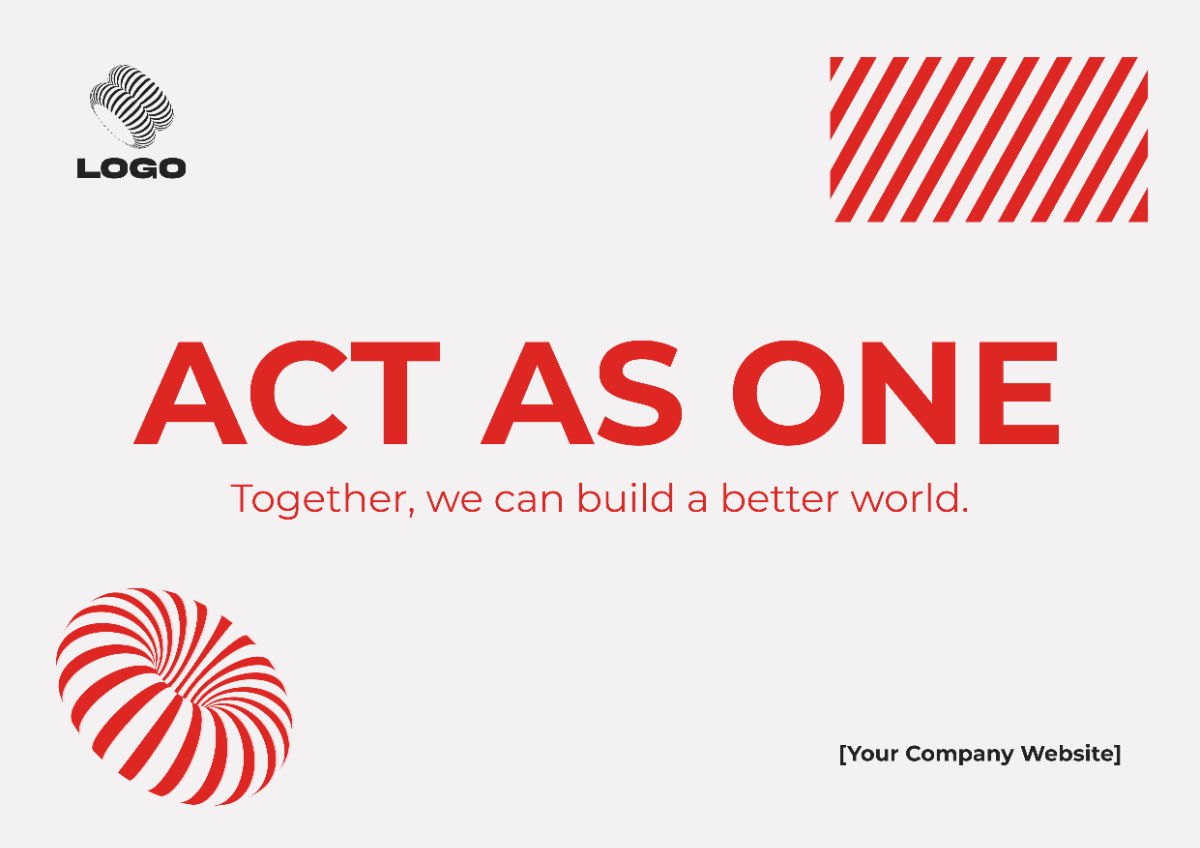Agile Software Methodology
Prepared by: [YOUR NAME]
Date: [DATE]
1. Introduction
The Agile Software Methodology is a comprehensive project management and software development approach that highlights the importance of iterative progress, adaptability, and team collaboration. This methodology promotes the delivery of small, incremental improvements to a product through short, defined cycles known as sprints or iterations. Core values include customer feedback, continuous improvement, and flexible planning, prioritizing these over strict adherence to rigid processes and documentation.
2. Key Principles
2.1 Iterative Progress
Agile methodologies utilize iterative cycles known as sprints or iterations, which typically last between one to four weeks. Each sprint focuses on delivering a potentially shippable increment of the product, aiming to provide value early and often.
2.2 Flexibility
Agile emphasizes the need for flexibility and adaptability. Plans are continuously optimized based on feedback and changing requirements. Rather than following a fixed plan, Agile teams are open to adjusting their approach as they gain more insights.
2.3 Collaboration
Collaboration is at the heart of Agile. It encourages open communication among all stakeholders, including team members, customers, and other relevant parties. Regular meetings and a collaborative environment help ensure alignment and enhance productivity.
3. Process Overview
3.1 Planning
The planning phase involves initial high-level planning to define the project's scope and objectives. Key activities include:
Creating a product backlog with prioritized features and tasks.
Defining user stories to capture requirements from the end-user perspective.
Establishing a project vision and goal.
3.2 Sprint Cycle
The sprint cycle is the core of the Agile methodology, consisting of several key activities:
Sprint Planning
During sprint planning, the team selects items from the product backlog to work on during the upcoming sprint. They break down these items into manageable tasks and estimate the effort required.
Daily Stand-ups
Daily stand-up meetings, also known as daily scrums, are short meetings held to discuss progress, challenges, and plans for the day. These meetings help keep the team aligned and identify any impediments early.
Development and Testing
During the sprint, the team works on developing and testing the selected backlog items. Continuous integration and automated testing are commonly used to ensure quality and detect issues early.
Sprint Review
At the end of the sprint, the team holds a sprint review meeting to demonstrate the completed work to stakeholders. This provides an opportunity to gather feedback and make necessary adjustments.
Sprint Retrospective
Following the sprint review, the team holds a sprint retrospective to reflect on their performance and identify areas for improvement. This continuous improvement process helps optimize the team's practices and enhance future sprints.
4. Roles and Responsibilities
4.1 Product Owner
The product owner is responsible for defining and prioritizing the product backlog items. They act as the voice of the customer and ensure that the team is working on tasks that deliver the most value.
4.2 Scrum Master
The scrum master facilitates the Agile process and ensures that the team adheres to Agile principles. They help remove obstacles, coordinate activities, and foster a collaborative environment.
4.3 Development Team
The development team consists of cross-functional members who work together to deliver the product increment. They are responsible for designing, coding, testing, and delivering the completed work.
5. Tools and Technologies
5.1 Project Management Tools
Jira
Trello
Asana
Monday.com
5.2 Collaboration Tools
Slack
Microsoft Teams
Zoom
5.3 Development Tools
Git
Jenkins
Docker
6. Benefits
6.1 Customer Satisfaction
Agile methodologies prioritize delivering value to customers through frequent releases and incorporating feedback, leading to higher customer satisfaction.
6.2 Improved Quality
Continuous integration, frequent testing, and iterative development improve the overall quality of the product, ensuring that issues are identified and resolved early.
6.3 Increased Flexibility
Agile methodologies provide the flexibility to adapt to changing requirements and market conditions, enabling teams to respond quickly to new information and feedback.
6.4 Enhanced Collaboration
The focus on collaboration fosters a positive team environment, encouraging open communication and mutual support. This leads to more cohesive and productive teams.
7. Challenges
7.1 Transitioning to Agile
Organizations transitioning from traditional project management methodologies to Agile may face challenges, including resistance to change, lack of Agile expertise, and the need for cultural shifts.
7.2 Maintaining Discipline
Agile requires a high level of discipline and commitment from the team. Ensuring that team members consistently follow Agile practices can be challenging, especially in the early stages.
7.3 Scope Creep
Without proper management, Agile projects can be susceptible to scope creep, where new features and requirements continuously emerge, potentially impacting timelines and budgets.
8. Conclusion
The Agile Software Methodology is a dynamic and flexible approach to project management and software development, designed to accommodate change and deliver continuous value to customers. By prioritizing iterative progress, collaboration, and adaptive planning, Agile empowers teams to build high-quality products that meet evolving customer needs. While implementing Agile may come with its challenges, the benefits of improved customer satisfaction, increased flexibility, and enhanced collaboration make it a valuable methodology for modern software development projects.







